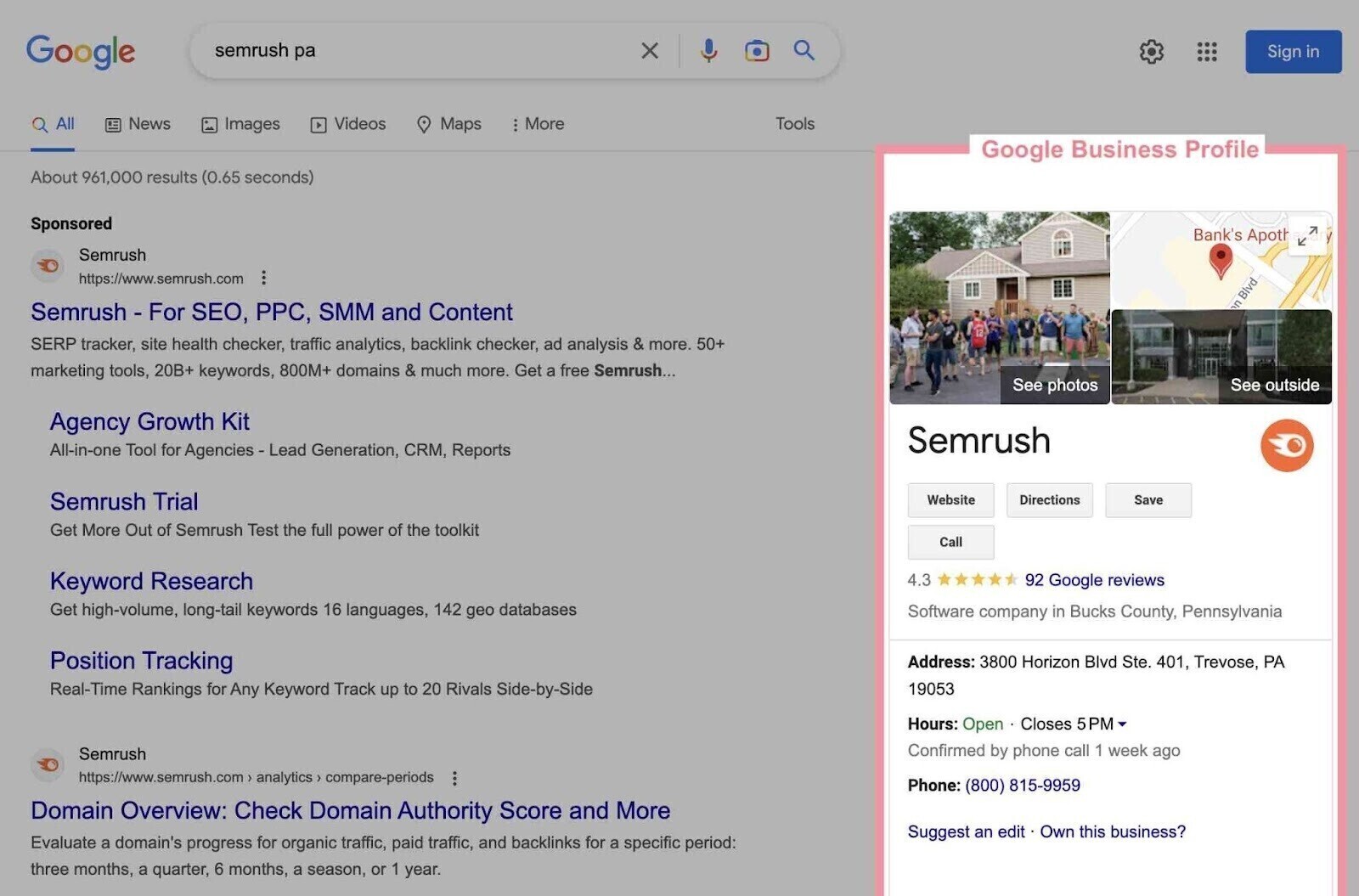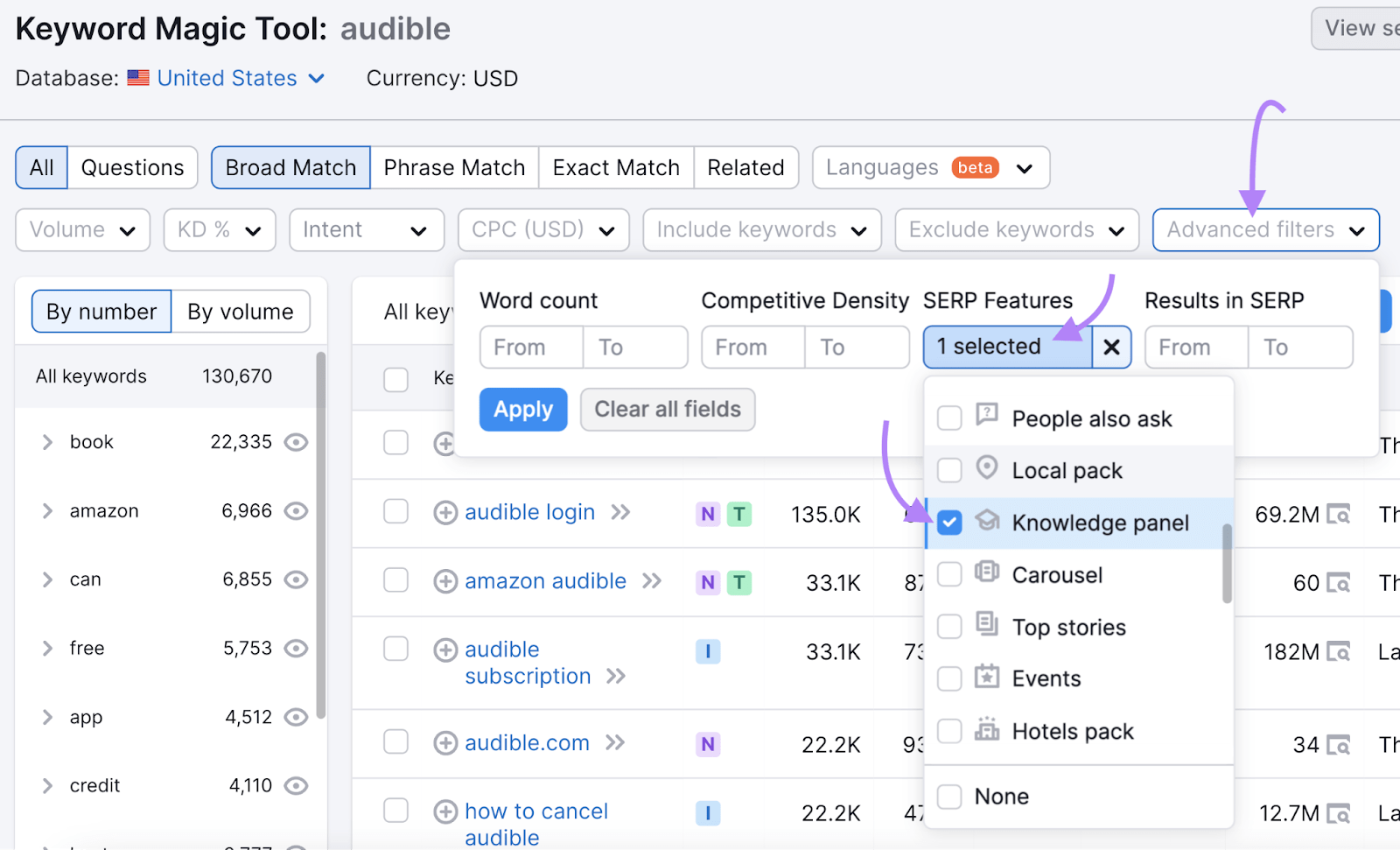Claim Google Ads Credit Informational – Google search engine results pages (SERPs) are the primary way users discover information on the Internet. With so much information available, Google uses special features to help users find what they’re looking for faster. These features are called Google SERP features and appear next to, above or below standard search results.
Also known as “Featured Snippets”, SERP features provide you with useful additional information about your search query. At the same time, they allow users to quickly find what they are looking for. For businesses, SERP features represent an opportunity to occupy a more visible space in search results. Therefore, your business needs to know which search results features to optimize.
Contents
- Claim Google Ads Credit Informational
- How To Dispute A Credit Card Charge With Chase [2023]
- Google Search Hidden Gems Ranking Algorithm Rolling Out
- How To Make Great Tiktok Ads: The Complete 2024 Guide
- Google My Business Seo: Optimize Your Business For Local Searches
- Great Lead Gen Landing Page Examples To Follow
- Did Google Mislead Advertisers About Trueview Skippable In Stream Ads For The Past Three Years?
- Benefits Of The Southwest Rapid Rewards Plus Card [2023]
- Google Wants Ai Scraping To Be ‘fair Use.’ Will Courts Agree?
Claim Google Ads Credit Informational

This blog post provides an overview of some commonly used Google SERP features and how you can use each to improve your search visibility.
How To Dispute A Credit Card Charge With Chase [2023]
SERP features are additional information about a search query that appears above or below standard organic search results. These are the items that appear on the Google search engine results page in addition to the standard “10 blue links”. Every feature is useful in some way.
There are many different SERP features: useful for both users and website owners, including Rich Snippets, People also Ask, Knowledge Panel and Image Packs.
Google released the first SERP (knowledge table) feature in May 2012 to facilitate semantic search. Since then, the SERP feature list has evolved through constant experimentation to discover which features are most useful to consumers.
Today, it’s incredibly rare to come across a set of Google results that don’t have additional enhanced features. However, according to data from the SEMRush sensor, about 3 percent of Google’s top 20 results do not have a SERP feature list, so it’s important to consider this when optimizing your content for organic CTR.
Google Search Hidden Gems Ranking Algorithm Rolling Out
They allow you to take up more real estate on Google search results pages. Why do people tend to click on the first SERP results? This is because they want their questions answered immediately without having to scroll through pages of results or even look past the first window.
Since more answers are at the top, people are more likely to click on them (partially). Google pulls this content directly from the content on your website and displays it to the user right at the top of the SERP.
They usually come with your home page name and URL, making it easier to direct users to your site where you want, taking up more SERP real estate. Google sometimes tried not showing the source link. Getting double listing for a user query can increase your traffic.

The best way to rank on Google is to create great content for your users’ search intent and express that intent as clearly as possible in your content. Optimizing and getting a SERP feature lets Google know that your content is worth promoting and increases your brand awareness.
How To Make Great Tiktok Ads: The Complete 2024 Guide
These enhancements can provide a business with a duplicate entry for search queries. They often lead the user through relevant searches or queries. It’s a message to businesses and content creators to know what the user might be looking for next. It helps identify the broader intent of the search.
Search intent is key to knowing your audience. It’s also your most effective weapon in trying to deliver value to your readers. How can you give them the information they want if you don’t understand their search intent? How will you know if they are looking for an answer to a question or a specific product? Understanding and optimizing for different types of search intent will help you be where your user is. So SERPs are a great way to give you insight into user search intent and guide your content optimization plan. To learn more about search intent, read our guide to semantic SEO here.
To find out, log in to your Google Search Console account and, if you’re using a computer, click “Search Results” in the left column. On a mobile device, click Full Overview, which appears to the right of Performance. You then have two options, click ‘Lookup Search’ in the horizontal list of filters (you may need to scroll to the right to find the tab on mobile) or click ‘New’ at the top of the chart and select a function from the menu.
When you reach the search display filter, Google Search Console will give you a list of features that can appear on your site, including clicks and impressions. If you click on one of the features, you’ll see those specific metrics. You can then click on one of the other filters, such as Sites, Questions, Countries, Device, etc. to drill down and see the impact at a more detailed level.
Google My Business Seo: Optimize Your Business For Local Searches
Search engine results pages (SERPs) are constantly changing, new features are added and old ones become obsolete. It can be hard to keep up and even harder to know which features are right for your site. The SERP features you should optimize for depend on your business goals and the user intents you want to optimize for.
In general, SERP features are most often used to answer user questions with informative intent. Since users in the “awareness” stage of their buying journey are not yet ready to buy, you should focus on features that provide information and answer questions. Some examples of informative SERP features include:
1. Featured Snippets: These are boxes that appear at the top of SERPs and often contain a short answer to a user’s question.

2. People Also Ask: This feature displays a list of questions related to a user’s query along with answers from other sites.
Great Lead Gen Landing Page Examples To Follow
3. Related Queries: This feature displays a list of other queries that are commonly entered along with the user’s query.
4. Knowledge panels: These panels provide information on a specific topic, including a brief summary, related articles, and images.
You can also leverage SERP features to optimize for navigation, commerce, and transactional intent. For example, if you are a business that wants to increase traffic to your website, you can use the Sitelinks feature to create a list of links to your most important pages. Or, if you run an e-commerce site, you can use the Product Listing Ads feature to feature your products.
The key to using SERPs effectively is to identify those that are relevant to your business and optimize your site accordingly. These are just a few of the many informative SERP features available. If you’re not sure which ones are right for your site, do some research to find out which ones best meet your business goals.
Did Google Mislead Advertisers About Trueview Skippable In Stream Ads For The Past Three Years?
Getting a SERP feature can increase traffic to your website, build authority and improve your brand visibility. Here are some strategies to help you get SERP features:
1. Identify SERP Feature Options: The first step is to identify SERP features that are relevant to your business or industry. This can be done by doing keyword research and analyzing the search results pages for your target keywords.
2. Optimize your content: Once you have identified the SERP features you want to target, you need to optimize your content to meet the requirements of those features. For example, if you want to win a featured quote, you need to create content that answers a specific question concisely and clearly.

3. Provide high-quality content: It is important to provide high-quality content that is informative, engaging and relevant to the search query. Content must be well researched and written to provide value to the reader.
Benefits Of The Southwest Rapid Rewards Plus Card [2023]
4. Use Structured Data Markup: Structured data markup helps search engines better understand your website content, which can increase your chances of getting a SERP feature. Use markup like Schema.org to give context to your content.
5. Focus on user experience: User experience is an important factor in evaluating SERP features. Make sure your website is mobile friendly, loads fast and has easy navigation.
6. Performance Monitoring: Performance monitoring and progress monitoring is essential. Use tools like Google Search Console to track your ranking and see how your content is performing in the SERPs.
SERP features are not only limited to organic results but are also available for paid listings. For each of these features, we’ll explore what they are, how they help the user, and how you can optimize them.
Google Wants Ai Scraping To Be ‘fair Use.’ Will Courts Agree?
Currently, there are more than 30 SERP features. Google is constantly testing and experimenting and bringing new features to get user feedback. There are at least 6 features currently available to all users and more than 15 SERP features that users see frequently.
Before we dive deep into paid SERP feature lists, we’ll first discuss the most common organic SERP features. Read our guide on how to add and implement structured data on your website.
A featured snippet is a large box that highlights a specific section of a web page. Google receives a search query input from a user and then examines the relevant results to semantically match a specific piece of content from one of the ranking pages. Google provides these queries with informative search intent and excerpt

Product claim ads, $150 google ads credit, claim ads, buy google ads credit, google ads 100 credit, google ads promotional credit, informational ads examples, google ads credit card, google ads credit, google ads $100 credit, $500 google ads credit, google ads free credit


